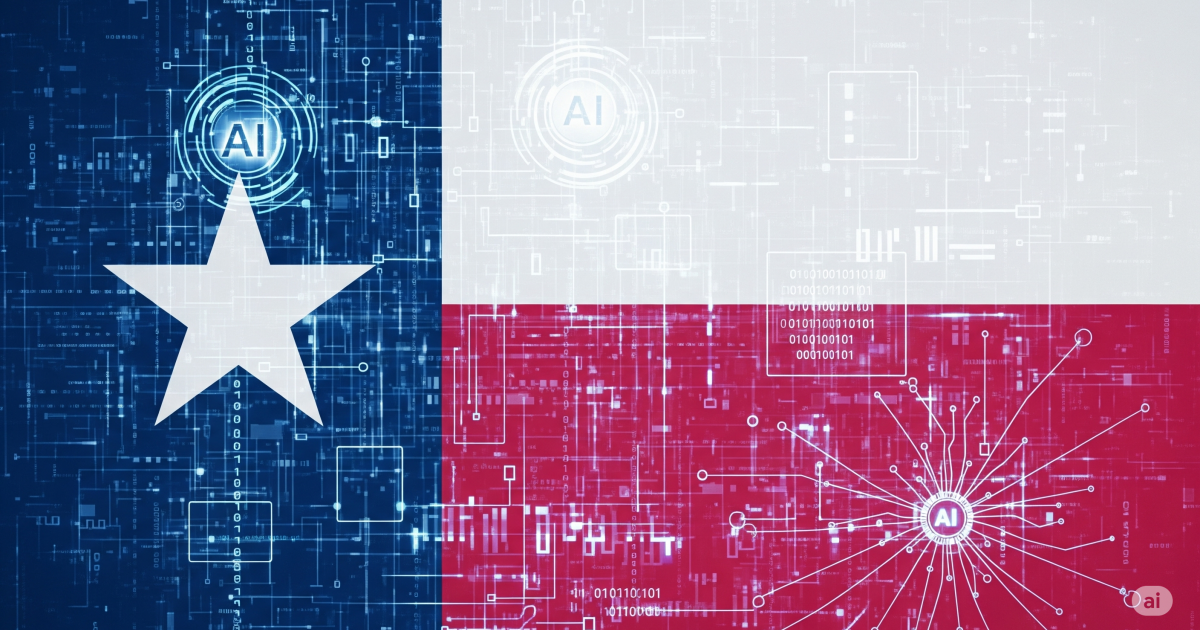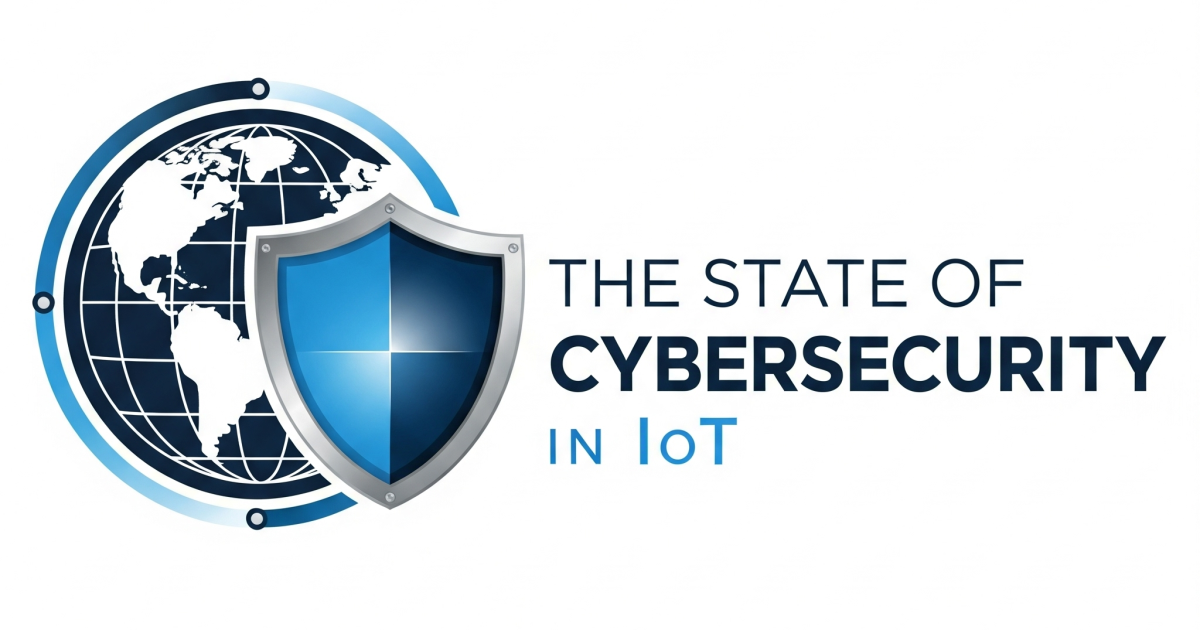Internet of Things (IoT) and Virtual Reality (VR) represent two parallel technology trends that have been surging along their own courses in recent years. Each on its own possesses explosive growth potential for new applications, customer experiences and revenue for the companies involved in their ecosystems.
Just imagine what could happen as these two technology trends converge, and become applicable in new ways for consumers, businesses and industrial users.
Both of these technologies are integral to enabling virtual monitoring and management of physical machines, systems and environments. During the next few years, they could come together in some interesting and potentially powerful ways, enabling users to have a deeper view and understanding of our increasingly connected, data-rich world.
It can be a world of greater efficiency and satisfaction for users, and greater revenue for the companies enabling these experiences, but also could dramatically raise the stakes for quality of service (QoS) and experience. While the IoT-VR convergence is still in early stages, we are seeing evidence of this evolution, its opportunities and its challenges in the gaming world, particularly in the wildly popular Pokémon Go mobile app game.
The Pokémon Phenomenon
Pokémon Go already shows us how IoT and VR are beginning to converge. The broad success of the app provides clues about how this converged world can be monetized, but also about the challenges to managing quality of service, and assuring positive customer experience in broad and complex VR/IoT environments.
In the world of Pokémon Go, real places—stores, restaurants, parks—serve as venues in which game players discover and engage with virtual Pokémon characters. The Pokémon Company and game developer Niantic have begun to monetize this environment through game downloads, sales of gear and game supplies, and by partnering with operators of real-world venues, like McDonald’s, in which Pokémon can be captured.
Yet, challenges have been apparent. Preoccupied players can collide with one another, or wander into traffic. Mapping functions also can give them incorrect information, sending them in the wrong direction. Also, some merchants and owners of other physical spaces in which the virtual creatures can be found don’t necessarily want their venues over-run with Pokémon hunters, seeing it more as a nuisance than an opportunity. Finally, as with many mobile applications, historical network challenges such as network performance, signal quality and bandwidth, can be factors further hindering quality of experience (QoE).
Beyond Pokémon Go
Ultimately, what’s happening with IoT and VR in the world of Pokémon Go is, quite literally, child’s play. It’s a game, after all, so the stakes for quality and performance are relatively low (unless you wander into traffic).
So what about the next generation of apps that leverage VR and IoT technologies? In the IoT, all manner of machines and other things possess unique IP addresses, along with capabilities to collect usage data, monetization values, network conditions and other details. Adding VR to this scenario could allow users of smartphones, VR headsets or related gear to visualize all of this collected data as part of the view of a connected thing, as well as control and management functions and other details for the thing itself, and the environment in which it operates.
Imagine a venue in which the stakes are much higher than a game: A complex environment of connected things in which a failure in QoS or a negative customer experience could be much costlier and more damaging. Perhaps it’s an intelligent warehouse, crowded with robots busily retrieving, packaging and coding items for shipping to an array of destinations. Or, maybe it’s a complex, dangerous work environment, such as an oil rig.
In these environments, failures in IoT network connectivity, application performance and data analytics, or glitches in VR visualization capabilities could be disastrous. Warehouse operations could screech to a halt, leading to poor customer satisfaction, lost revenue and damage to reputations.
As IoT and VR converge, there is great opportunity, and growing pressure to get the quality right. Companies involved in the converging ecosystem must pay considerable attention to network performance and service quality processes. How precisely this connected world develops and how accurately we can visualize its components and architectures will be critical to our ability to manage service quality and experience. It’s not just a game anymore.
About the author: Ari Banerjee works for NEC/Netcracker as Senior Director of Strategy, responsible for strategic direction of the company enabling the company to exploit the changing market and technology opportunities. Ari works with customer and prospect CTOs and CIOs to ensure alignment of technology, products and services, while providing strategic input. In his role Ari has to interface with industry organizations, standards bodies, media and analysts and run marketing and strategic partner programs for Netcracker.
Edited by
Ken Briodagh





